Top Trends in Wine Technology for 2023
Overview
In 2023, technology is changing the wine industry in exciting ways. From growing grapes with precision to selling bottles online, new tools are making wine better and more sustainable. This article dives into the Top Trends in Wine Technology for 2023, showing how they’re shaping the future for producers and wine lovers alike.
Smart Vineyards and Precision Viticulture
Picture a vineyard where every grapevine gets personal attention from technology. Smart vineyards use sensors, drones, and data to track things like soil moisture and weather. This helps growers water only when needed or spot plant diseases early. It’s called precision viticulture, and it’s all about growing better grapes with less waste.
For example, Jackson Family Wines uses these tools to keep their vineyards healthy and eco-friendly. They monitor water use closely, which cuts down waste and boosts grape quality. A study from the University of California, Davis shows this approach can save up to 30% of water compared to traditional methods (Learn more about precision viticulture benefits). It’s a practical way to make great wine while caring for the planet.
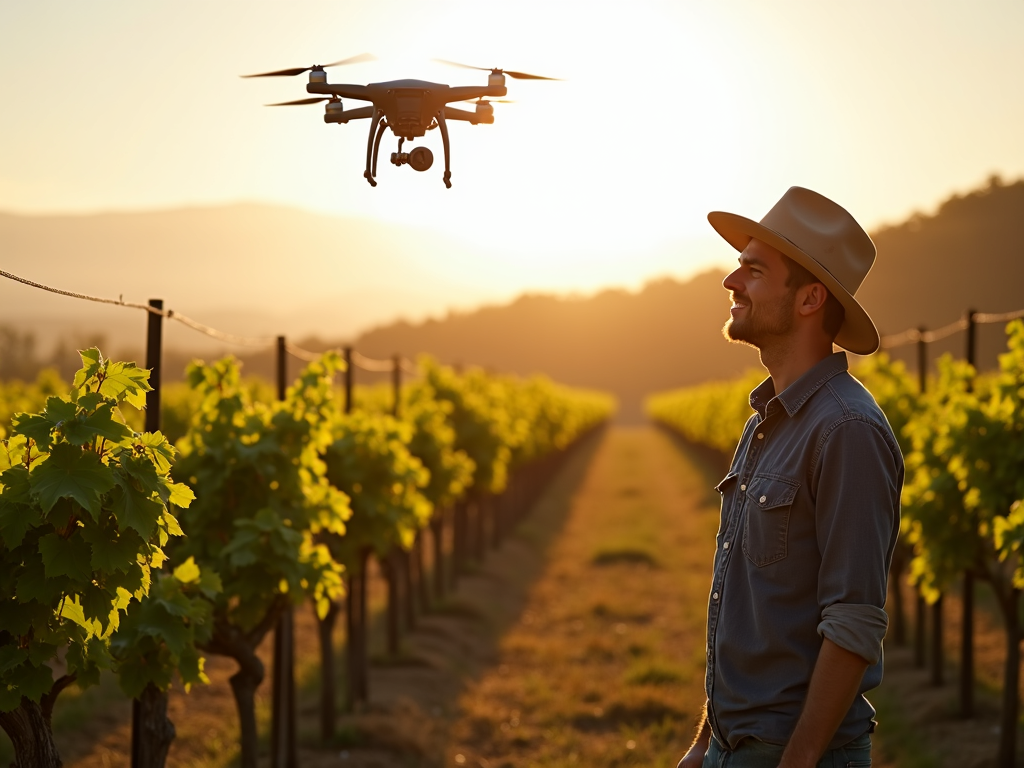
Why It Matters
I’ve seen firsthand how these tools make a difference. Visiting a tech-savvy vineyard last summer, I watched growers use apps to decide exactly when to harvest. The result? Tastier wine and fewer resources used. Wine brands adopting this trend aren’t just keeping up—they’re leading the way.
AI and Machine Learning in Winemaking
Artificial intelligence, or AI, is like a super-smart assistant for winemakers. It crunches data—like weather forecasts or grape sugar levels—to suggest the best time to pick grapes or adjust fermentation. Some wineries even use AI to invent new wine blends that match what people love to drink.
Take spoilage prevention: AI spots problems early by watching sensor data, saving batches from ruin. Companies like Tastry are pushing this forward, helping winemakers craft wines tailored to your taste (See how AI transforms winemaking). It’s not sci-fi—it’s real, and it’s making wine more consistent and creative.
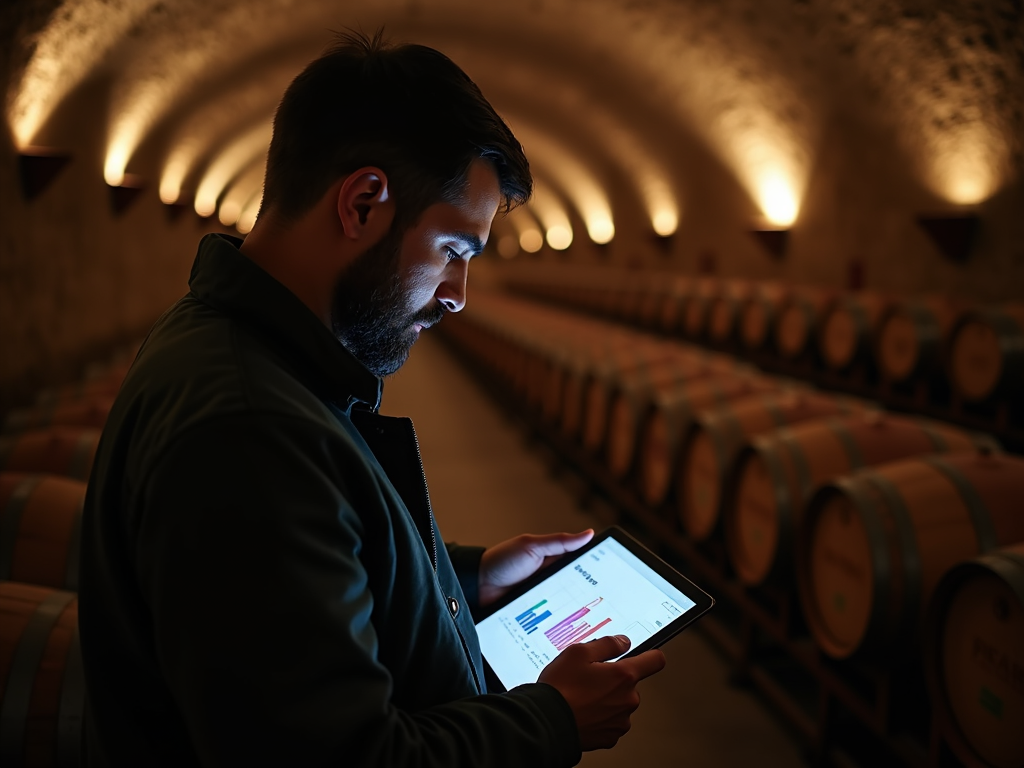
Personal Take
I’ve tasted wines blended with AI help, and they’re impressive—balanced and bold. It’s amazing to think a machine can learn what humans enjoy, but it works. For winemakers, it’s less guesswork and more precision, which means better bottles for us.
Blockchain for Wine Authentication
Ever wonder if your wine is the real deal? Blockchain is a digital record-keeper that tracks a bottle’s journey from vineyard to shelf. Each bottle gets a unique code you can scan with your phone to see where it came from and who made it. This stops fakes and builds trust.
Wine brands like Jackson Family Wines are exploring blockchain to prove their wines are authentic. It’s a big deal in a market where counterfeit wine costs billions yearly. Forbes reports it’s catching on fast because consumers want to know their wine’s story (Read about blockchain in wine).
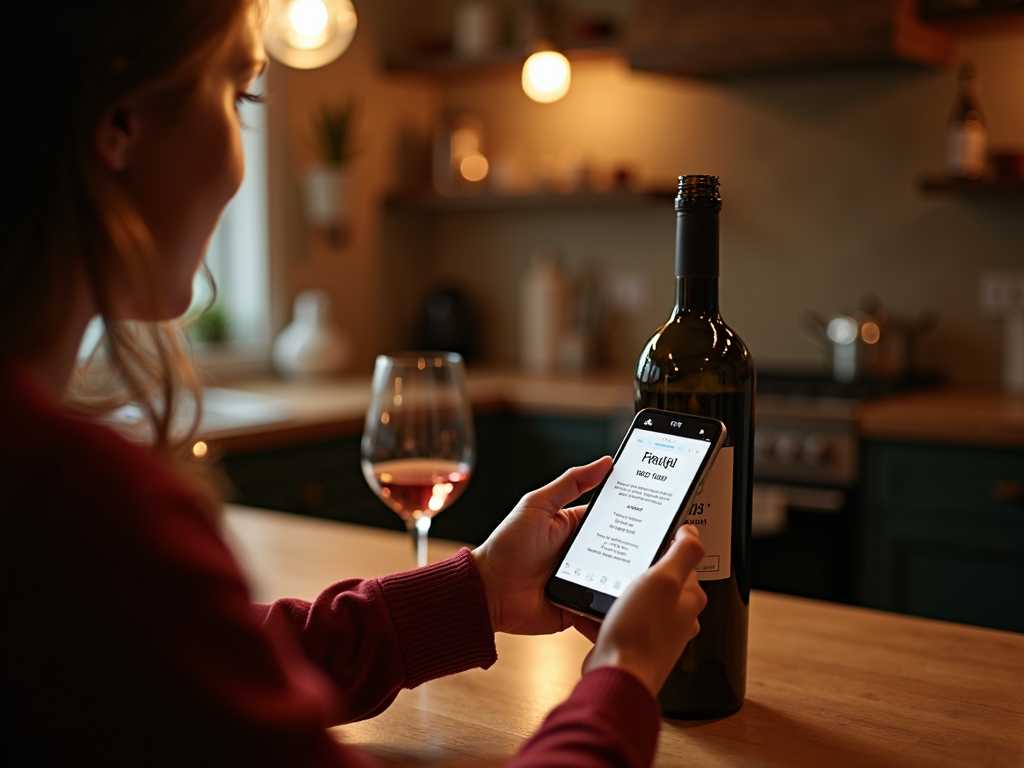
Why I Love It
I’ve scanned a bottle myself, and it felt like meeting the winemaker. Knowing exactly where my wine came from made it taste even better. It’s a simple way to feel confident in what you’re buying.
Sustainable Packaging
Wine bottles are getting a green makeover. Regular glass is heavy and takes lots of energy to make, so wineries are switching to lighter bottles, recycled materials, or even cans. These changes cut down on shipping emissions and waste.
The Wine Institute says lighter bottles can lower carbon emissions by 20% (Check the stats on sustainable wine packaging). Wine brands are jumping on this trend because it’s good for the earth and attracts eco-minded buyers. Cans might sound odd, but they’re perfect for picnics—and they recycle easily.
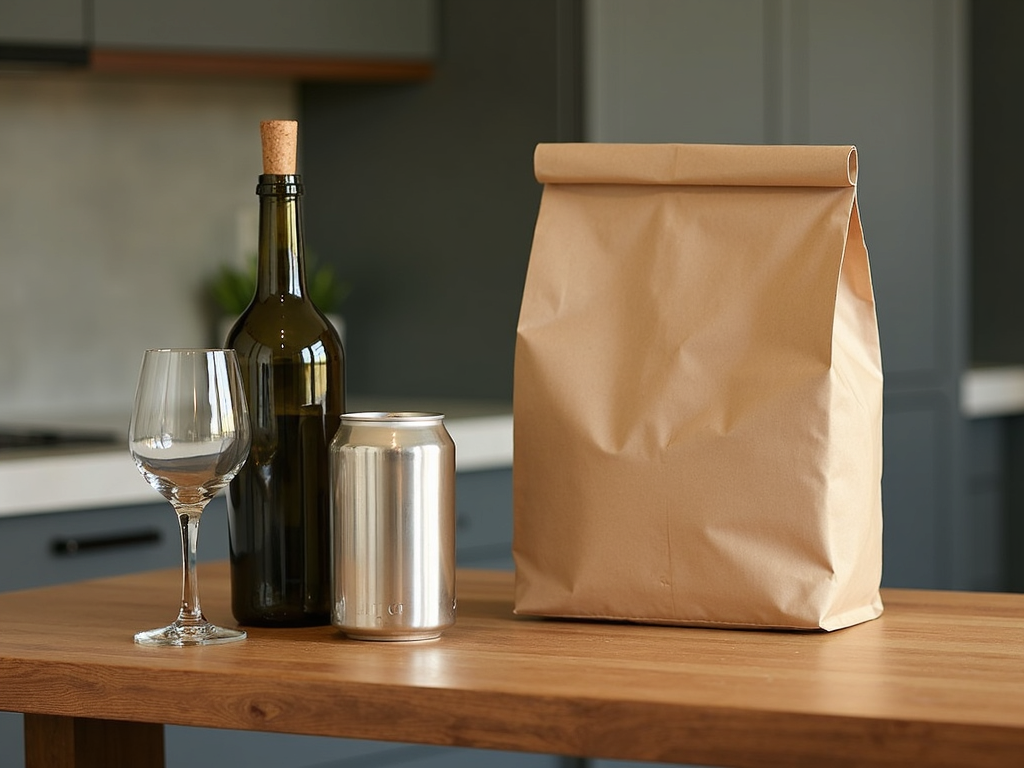
My Experience
I tried a canned wine last month, expecting it to feel cheap. Surprise—it was crisp and delicious. Seeing wine brands care about the planet makes me want to support them more. It’s a win for taste and the environment.
Virtual Wine Tastings and Online Sales
Thanks to the pandemic, wine went digital. Virtual tastings let you sip and chat with winemakers from your couch, while online stores bring the winery to your door. It’s a game-changer for exploring new wines.
The Jackson Family Wines online store is a great example—easy to use and packed with options. This trend’s growing fast, with online wine sales expected to jump 10% yearly (See the rise of online wine sales). It’s convenient, fun, and lets smaller wineries reach more people.
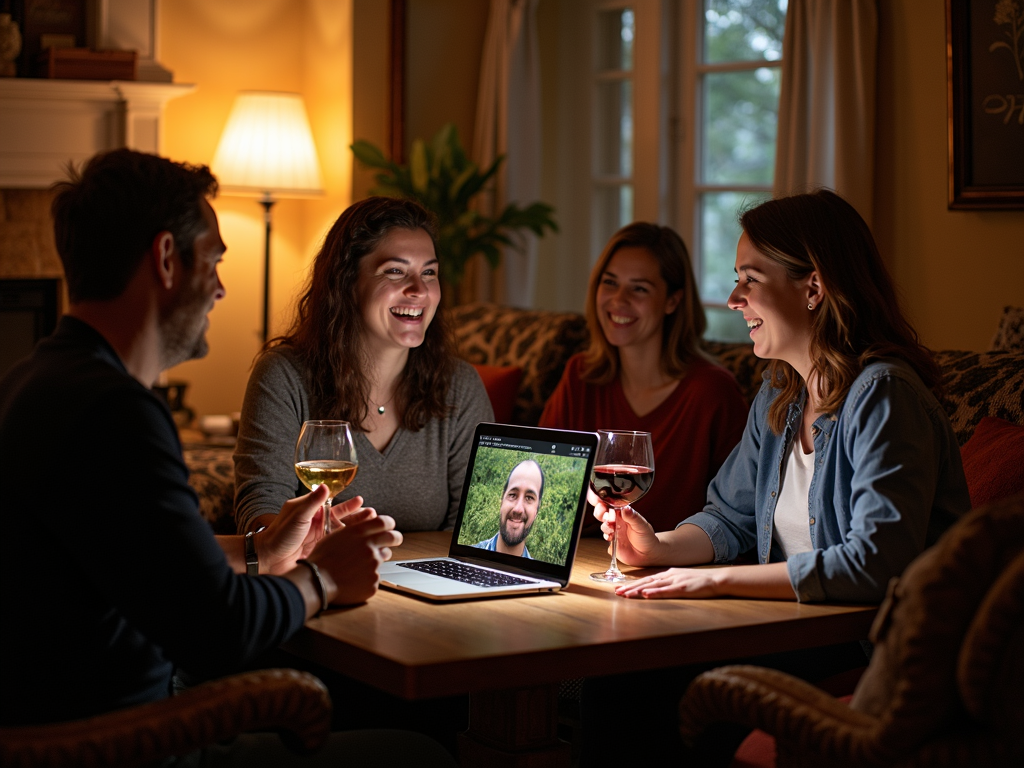
What I’ve Learned
I joined a virtual tasting recently, and it was a blast—learning about the wine straight from the source. Buying online afterward felt personal, not just a transaction. It’s how wine connects us, even miles apart.
Summary
The Top Trends in Wine Technology for 2023 are reshaping the industry. Smart vineyards, AI, blockchain, sustainable packaging, and virtual tastings make wine tastier, greener, and more accessible. These changes show how tech can honor tradition while pushing forward—good news for everyone who loves a great glass of wine.